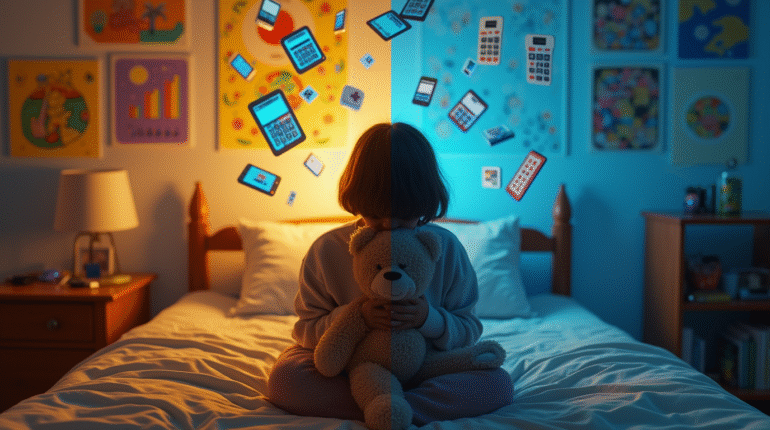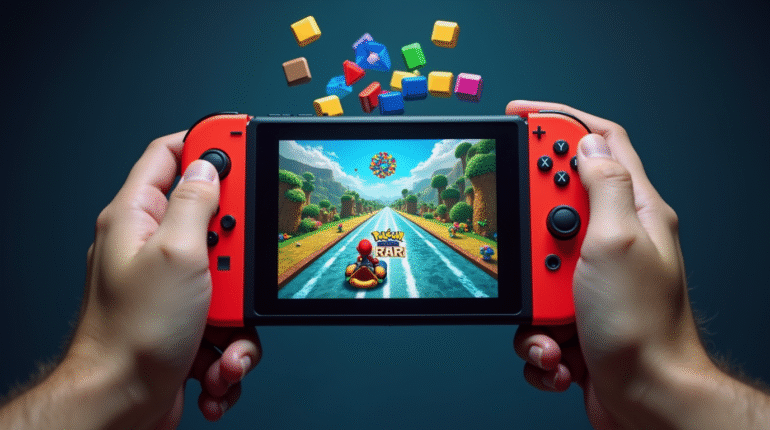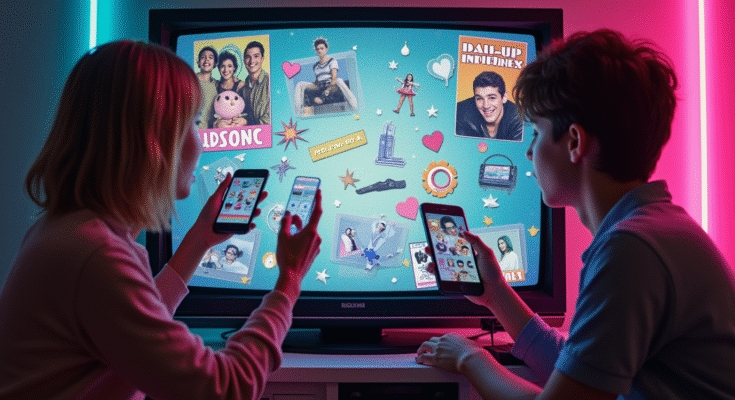Marketing through nostalgia has been considered a rather potent strategy with Millennials (1981-1996) and Generation Z (1997-2012), appealing to their sentimental considerations. As the age of anxiety, everyone looks for ways to calm times growing only more complex, particularly with economic uncertainties, rapid technological changes, and incessant digital noise. Comfort, familiarity, and belonging are the kinds of feelings that brands are appealing to these generations with by using reboots, recycled fashion, and retro gaming. Nostalgia marketing is engaging media reboots, vintage fashion, and retro gaming. The millennial and Gen Z generations have been fascinated by marketing using nostalgia through various strategies such as media reboots, vintage fashion, and retro gaming.
The Emotional Pull of Nostalgia
The main concept of nostalgia marketing is the practice in which companies rely on tapping into positive emotions associated with past times and experiences in order to offer people an ‘exit’ from present-day complexities. Millennials were pretty much a product of the 90s-2000s, being born during the time of the tech boom and the 2008 financial crisis, they often view their childhood in the 90s and early 2000s as a pre-digital ‘simple’ time”.

Gen Z, although digital natives, face pressures from social media, economic instability, and global crises that fuel their nostalgia for eras they never lived through, like the 1990s. Gen Z’s nostalgia, according to Business Insider, is in part a response to an economy that feels inhospitable; here they look for comfort in cultural artifacts from a perceived “simpler time”. This belonging is an emotional connection, not to relive personal memories
Reboots: Reviving Familiar Stories
The boom of reboots and remakes is one way through which the show business has monetized nostalgia; it appeals mostly to Millennials and Gen Z, who like to hear familiar stories in a world that has become rather unpredictable. Shows like Stranger Things or Euphoria are very strongly nostalgia-based, using 80s and 90s aesthetics but told with a contemporary approach, thus bridging the gap between past and present.
Business Insider notes that reboots such as Gossip Girl and And Just Like That speak to this desire for simpler times- one generation remembers the originals; another gets introduced to them. Disney’s strategy of sequels such as Frozen 3 and Toy Story 5, alongside live-action remakes like The Lion King, indicates Hollywood’s preference for material based on nostalgia.
Vintage Fashion: A Blend of Past and Present

Vintage fashion, specifically the Y2K and 1990s aesthetic, has exploded over the last several years, and much has to do with the authenticity and uniqueness that both generations were seeking. Low-rise jeans, platform shoes, butterfly clips – all things an odious look, but remade with modern values of sustainability and inclusive sizing. A report cited by Business Insider states that 54% of Gen Z prefer vintage clothing styles.
Dusting off glitter detail and Von Dutch caps from the nineties, that’s the kind of trend that Millennials will go for as they reverberate old-fashioned styles to bring a bit of their childhood into their lives; just like Tommy Hilfiger revives logo-based denim and sportswear from the nineties.
Retro Gaming: Escaping to Simpler Mechanics
Retro gaming has surged in popularity, offering Millennials a chance to relive their childhood and Gen Z an escape from the overstimulation of modern technology. Games like Pokémon GO, which became a global phenomenon in 2016, exemplify nostalgia marketing by blending 1990s Pokémon nostalgia with augmented reality, appealing to Millennials who grew up with the franchise and Gen Z curious about retro gaming culture.

The Guardian reports that retro gaming videos on TikTok have amassed over 6 billion views, with younger generations drawn to the simplicity and stability of older games like those on the Sega Mega Drive or Nintendo 64



